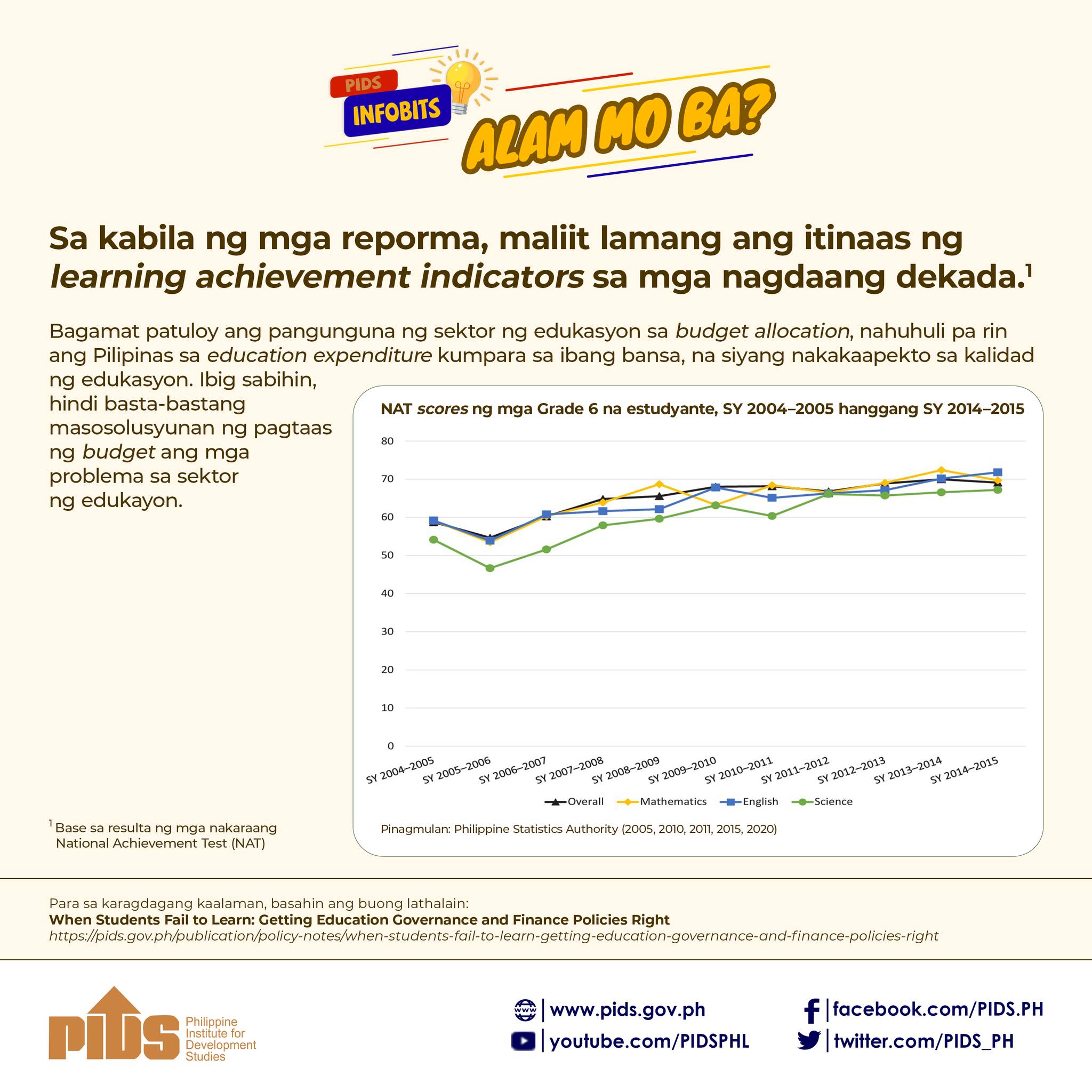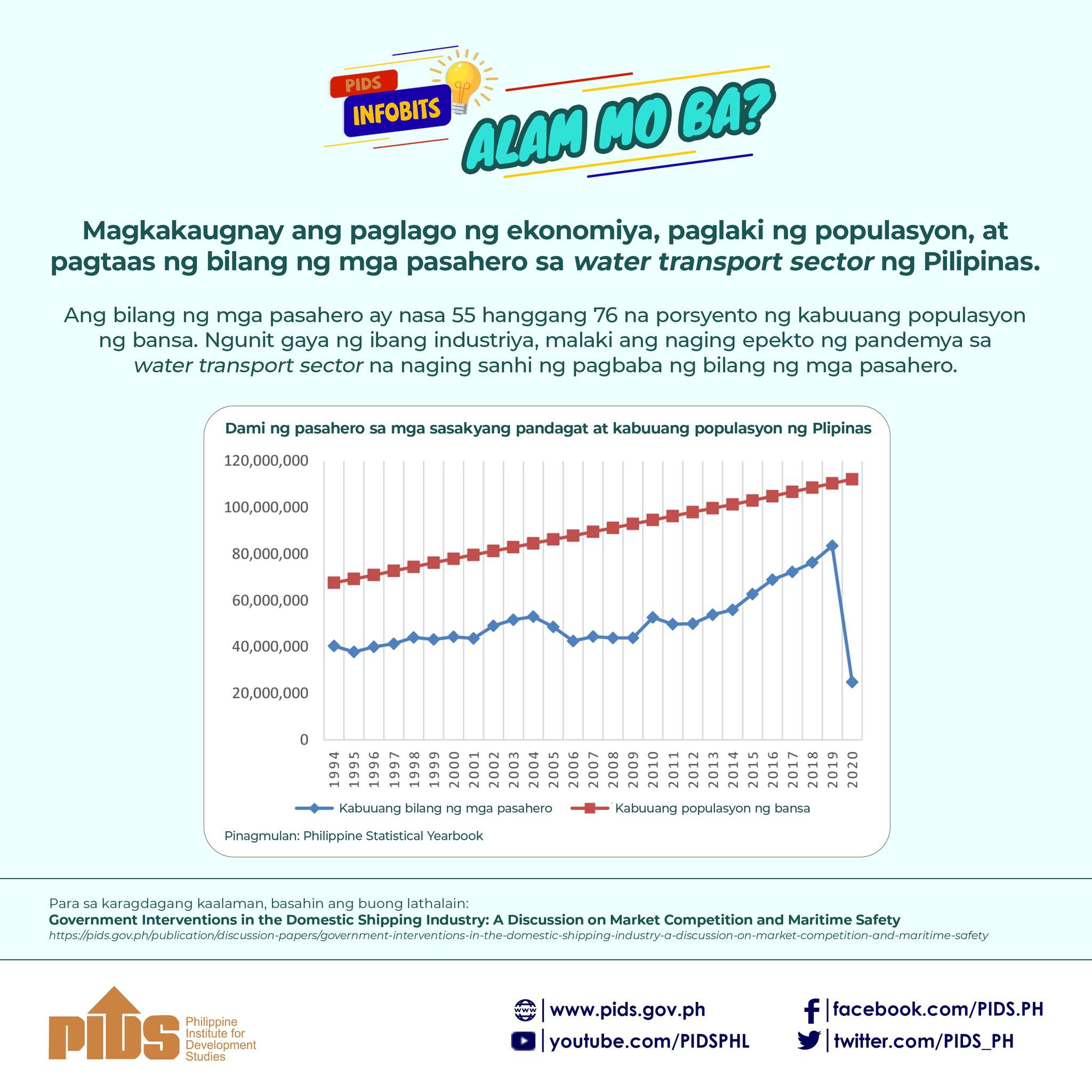MANILA -- The country’s agriculture and fisheries sector has progressed since the passage of the Agriculture and Fisheries Modernization Act (AFMA) in 1997. However, achieving AFMA objectives, particularly in boosting profits and incomes in the sector, can still be improved.
This was according to a recent study published by state think tank Philippine Institute for Development Studies (PIDS) and authored by Senior Research Fellow Roehlano Briones.
The paper assessed how profits and incomes have increased in the sector, which is among the objectives of the AFMA (Republic Act 8435). Specifically, the law seeks “to enhance profits and incomes in the agriculture and fisheries sectors, particularly the small farmers and fisherfolk, by ensuring equitable access to assets, resources, and services, and promoting higher-value crops, value-added processing, agribusiness activities, and agro-industrialization.” The study assessed the extent this objective was achieved by looking at the change in household income over time and the poverty incidence.
Briones observed a trend of rising incomes among agri-fisheries households before the enactment of AFMA. He also found that income from farming has been increasing over time despite fluctuations mostly due to environmental stresses such as climate change. The increase can be attributed to productivity growth, increased competitiveness of agriculture, and diversification toward higher-value activities.
However, he added that reform programs, such as the Comprehensive Agrarian Reform Program, have negatively affected farm productivity. For instance, legal restrictions deprive the land-poor and agrarian reform beneficiaries of additional access to land. Also, the distribution of collective land titles instead of individual land titles undermines property rights and constricts their access to credit.
“The features of the program [negate] the gains received by beneficiaries from land ownership and support services… This fragmentation is possibly the key constraint facing Philippine agriculture at present,” Briones said in the paper.
Nevertheless, statistics show that poverty incidence among agricultural households has fallen with an accelerated pace of decline since 2012. A World Bank study attributed the bulk of this reduction to the movement of agricultural workers to nonagricultural employment, rising agricultural wages, and aggressive transfer programs such as the government’s Pantawid Pamilyang Pilipino Program.
Briones said these facts suggest several policy implications to boost profits and incomes in the agri-fisheries sector.
One is to adopt strategies to accelerate agricultural modernization through structural change, such as boosting infrastructure investment and promoting industrial innovation.
Another is accelerating agriculture productivity growth by strengthening research and development and extension.
Briones also emphasized the need to promote diversification within agriculture. “Reallocation of resources is needed from low-value traditional activities toward high-value products and activities,” he said.
He also urged the government to promote agri-food systems modernization using appropriate industrial policies. The experience of other countries shows that there is considerable potential for nonagricultural employment to shift initially adjacent activities within the agri-food system.
Lastly, Briones suggested redeploying safety nets and social protection schemes as targeted measures for mitigating the unintended consequences of reforms. Rather than implementing programs that offer temporary relief, he stressed that social protection should be designed carefully to address, rather than aggravate, market failure.
Details are based on the PIDS study “Enhancing Profits and Incomes in Agriculture and Fisheries”. (PIDS)












